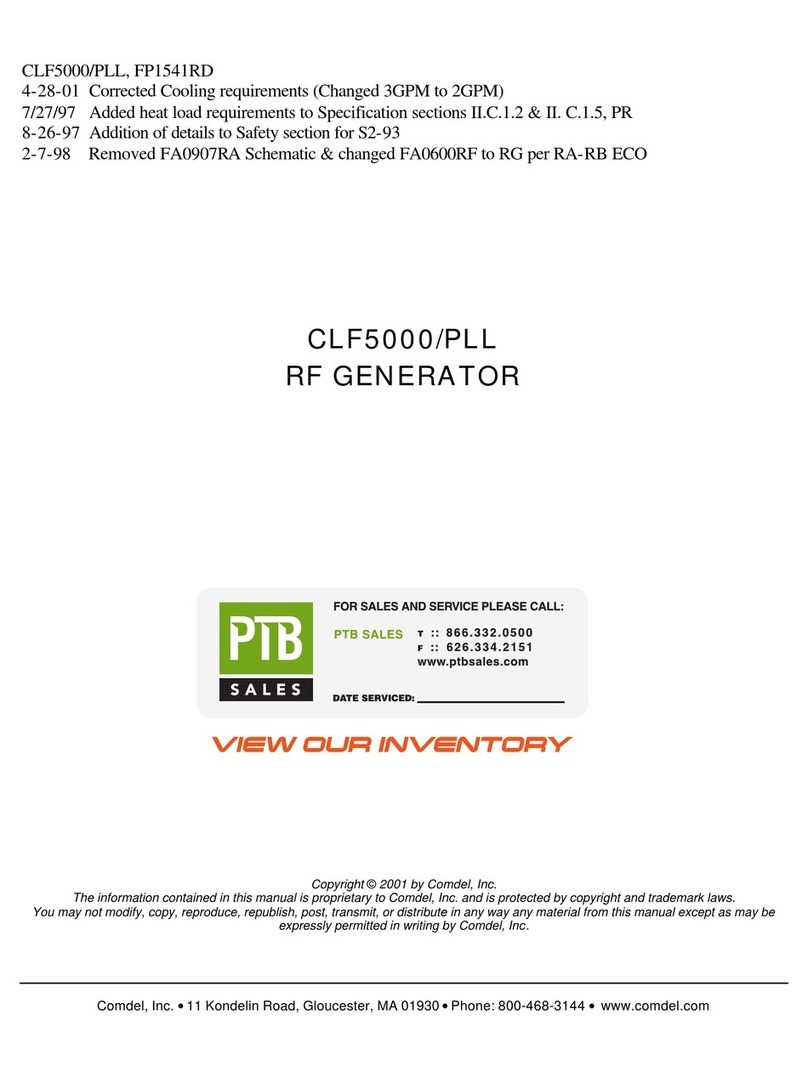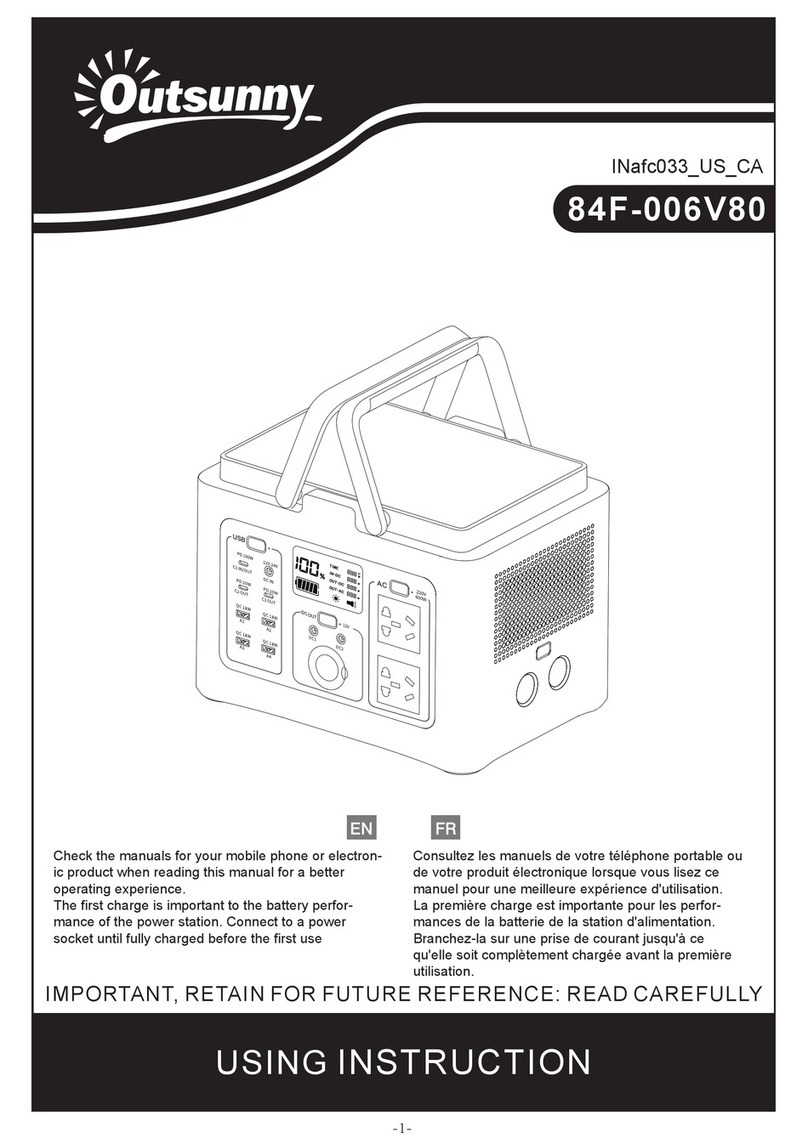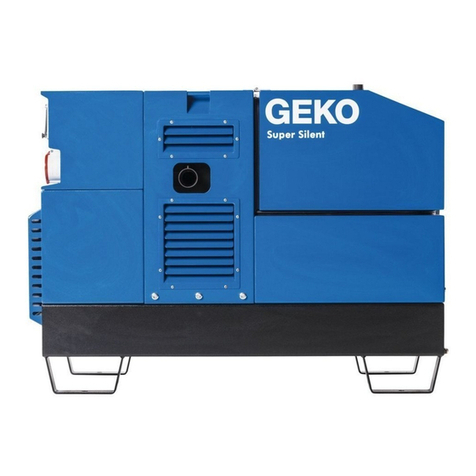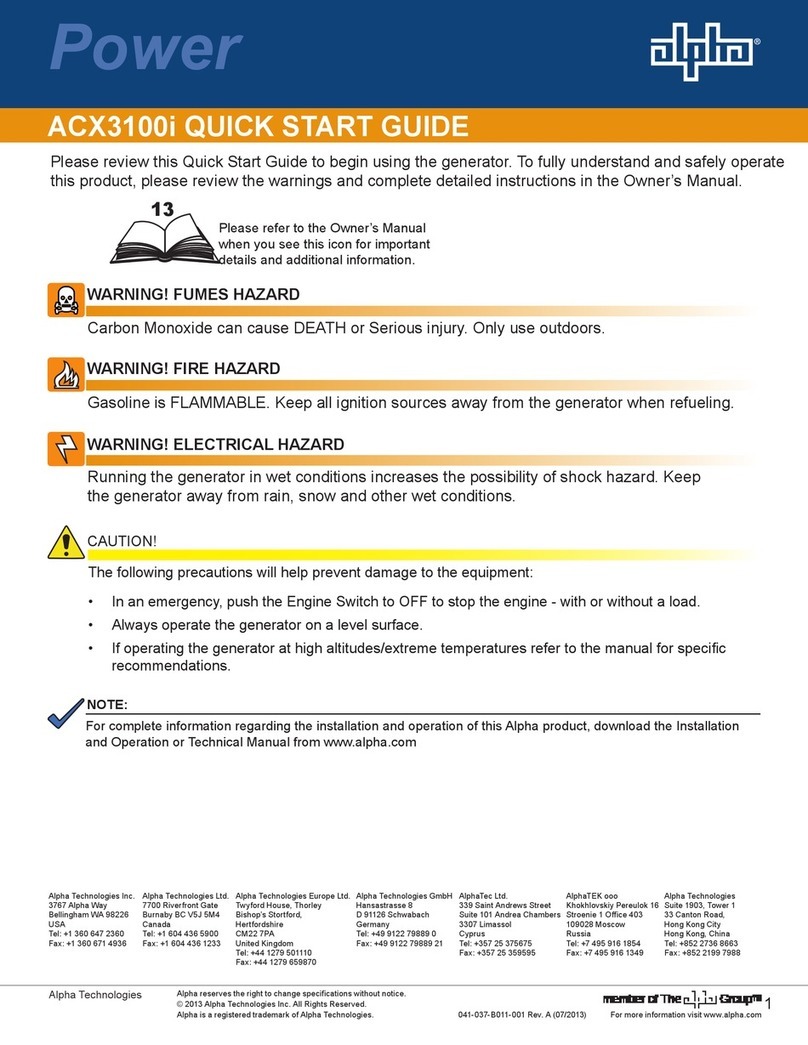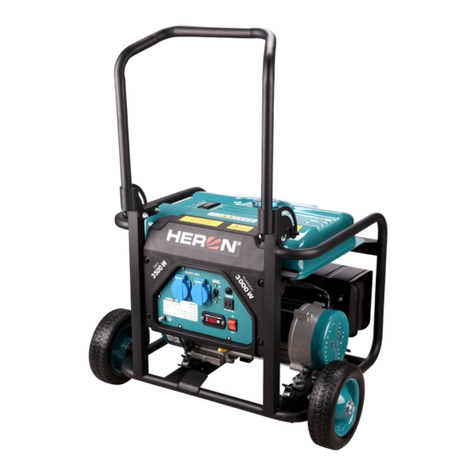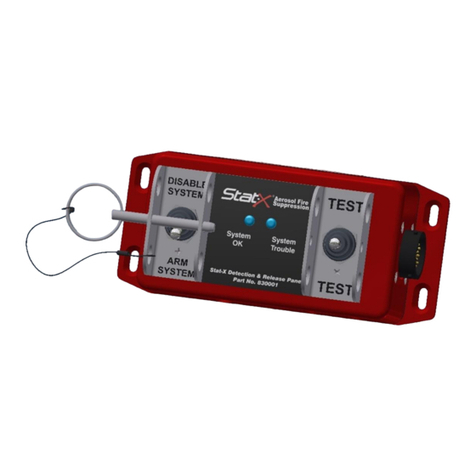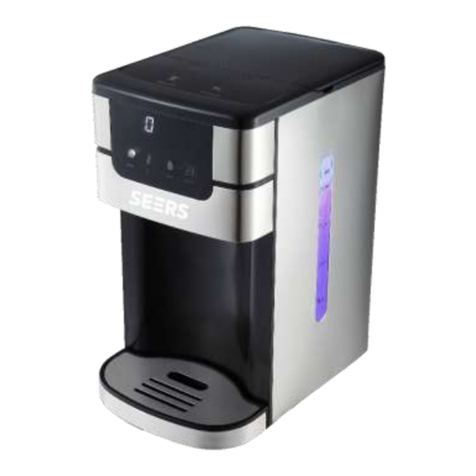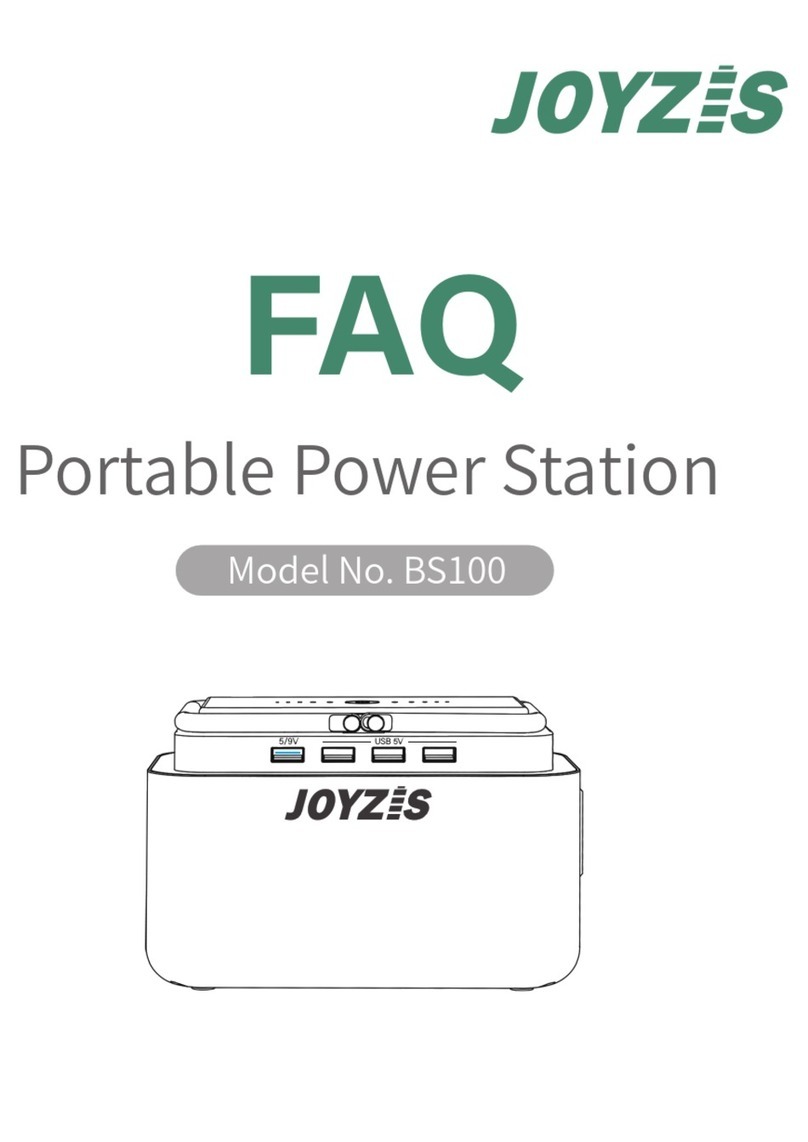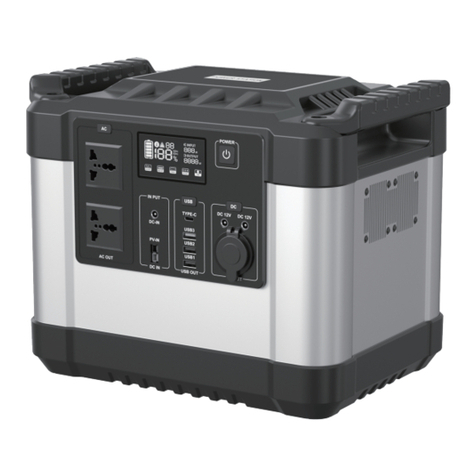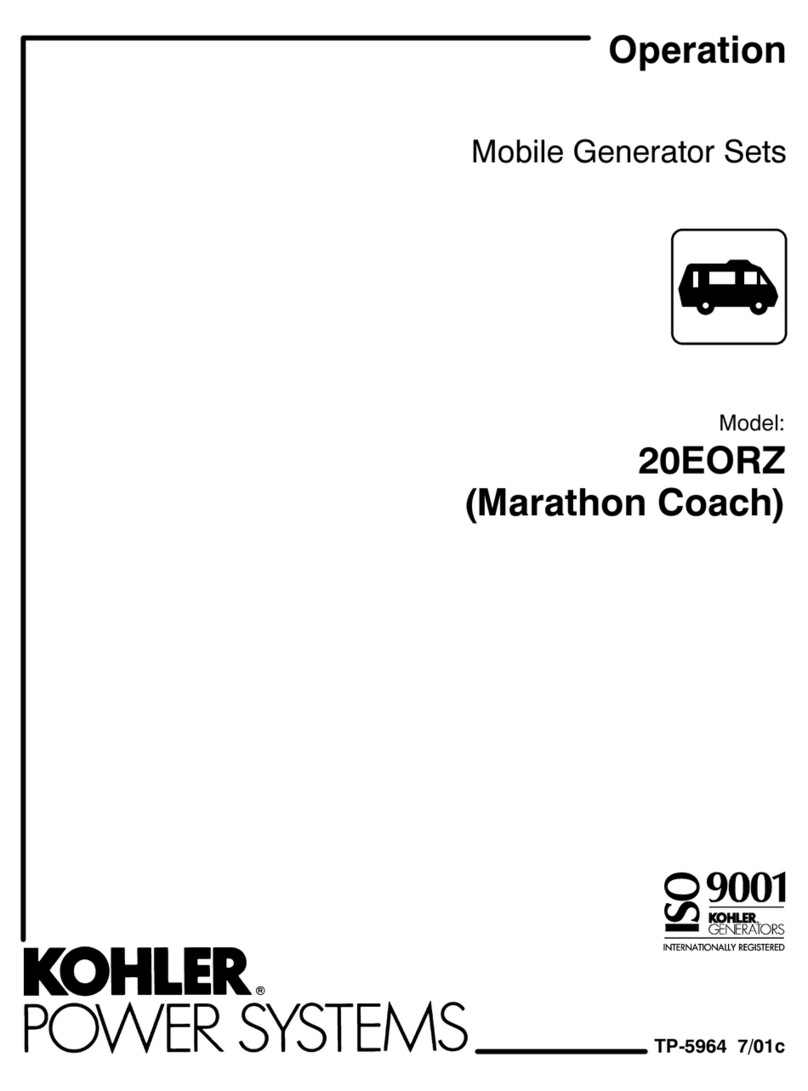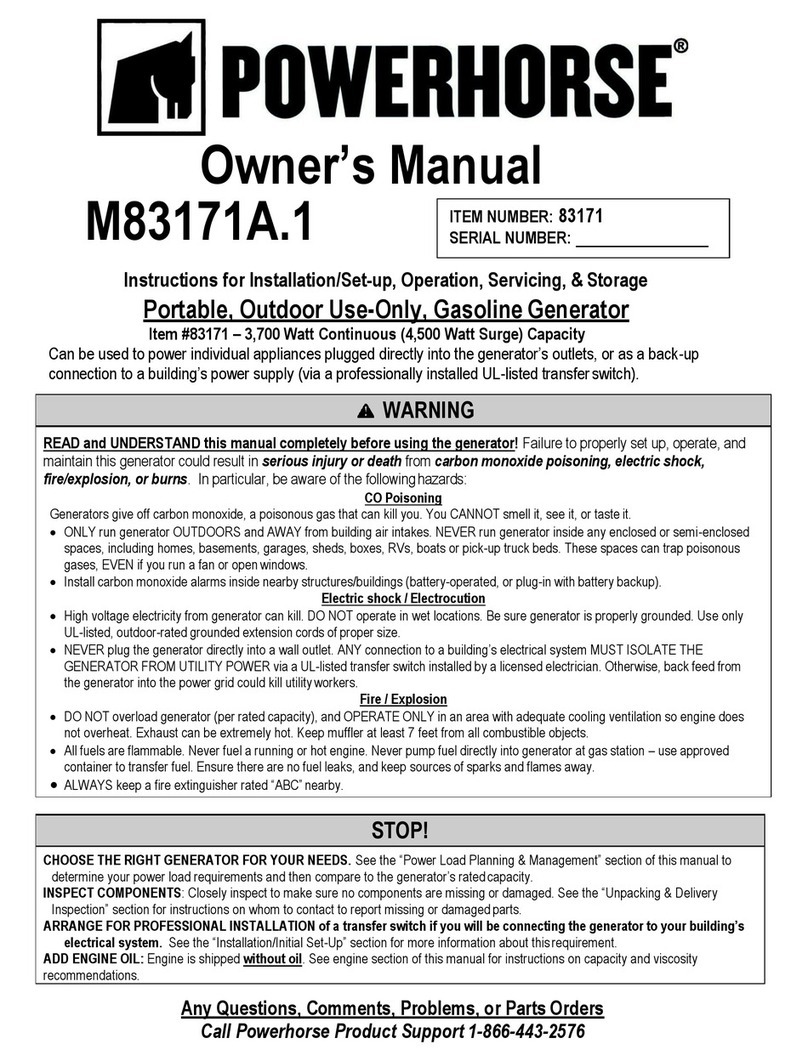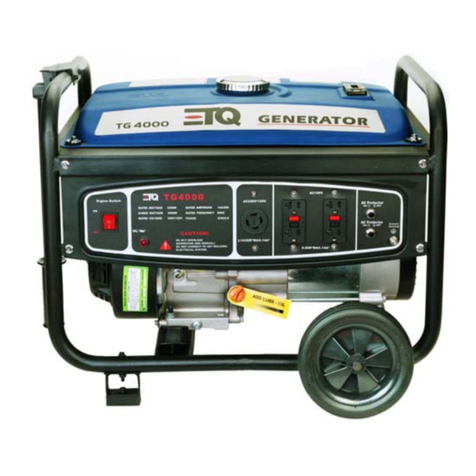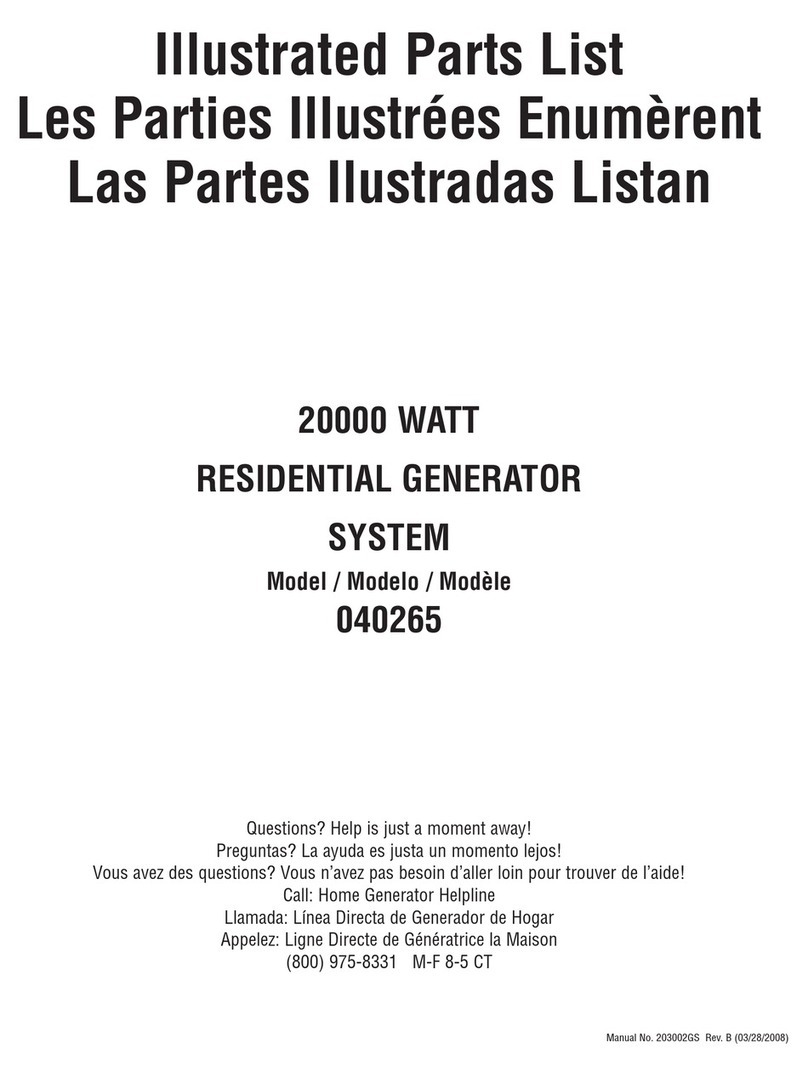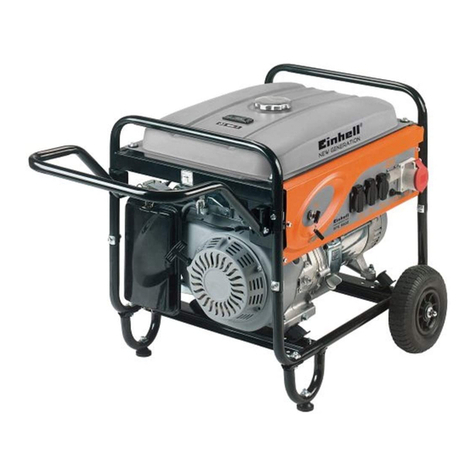
Owner’s Manual
2 3
INTRODUCTION
Thank you for your purchase of a Stat-X®aerosol fire
suppression product. This brief manual is designed to
provide you with a general understanding of the product,
as well as, general information on installation, operational,
and maintenance parameters. It is not a detailed Design,
Installation, Operation, and Maintenance Manual. A detailed
manual may be obtained by contacting the manufacturer:
Fireaway Inc.
5852 Baker Road
Minnetonka, MN 55345
U.S.A.
www.statx.com
Stat-X systems and generators are to be installed and
periodically inspected by trained personnel ONLY. No
modifications are to be made to the installed system without
consulting a qualified system designer. The system is made
up of units tested within limitations contained in the detailed
Design, Installation, Operation, and Maintenance Manual. The
system designer must be consulted whenever changes are
planned for the system or the protected area. An authorized
installer or system designer must be consulted after the system
has discharged.
SYSTEM DESCRIPTION
General
Stat-X systems combine an environmentally safe fire
suppression agent, specially developed components, and fire
detection devices for rapid agent application. The resulting
timely suppression of fire may reduce property, facility, and
equipment damage. These systems are electrically operated,
are compact, and eliminate expensive pressure vessels,
nozzles, and distribution piping associated with other gas and
water based fire suppression systems. The Stat-X aerosol
agent is extremely effective when compared to alternative
agents and aerosol generators are strategically placed
throughout the hazard area offering significant weight and
space savings over conventional systems. Stat-X systems are
designed for total flooding applications in accordance with
established design criteria. All installations must meet the
requirements of the local authority having jurisdiction.
A single or connected group of Stat-X electrically operated units
(or generators) are used to suppress Class A (surface), Class B,
and Class C fires in specific hazard areas, facilities, or within
equipment located in enclosed areas and confined spaces
where low weight/space to extinguishing capacity is a factor.
The fire-extinguishing agent is an ultra-fine aerosol, which
hangs in suspension for extended periods of time (for at least
10 minutes) providing excellent protection against re-flash,
with minimal clean up.
Stat-X systems and generators are suitable for use in
normally occupied and unoccupied spaces. In areas
where personnel may be present the system shall employ
a pre-discharge alarm and 30 second time delay prior
to activation. Provision for system isolation for system
maintenance shall be provided when personnel may be in
the protected area.
They are intended to protect the following typical applications:
• Electrical Cabinets and Rooms
• Generator Rooms
• Glove Boxes
• Telecommunications Facilities
• Flammable Liquid Storage Areas
• Process Control Rooms
• Storage Vaults
• Marine Engine Rooms*
• Gas Turbine Enclosure
• High Value Mobile Equipment*
• Power Plants
• High Value Industrial Equipment Areas
*Not part of the UL Listing under UL Subject 2775 but are
covered under other applicable listings (American Bureau of
Shipping, Marine and Coast Guard Agency, ECB, and others)
Stat-X generators are not suitable for the following
hazards; or, where the following materials may be present:
• Materials, which burn with deep-seated characteristics
(wood, fiber, cotton, etc.)
• Electrical equipment operating at over 40,000 V
• Metal hydrides, pyrophoric substances, and chemical
substances that smolder and burn without air
• Metal powders (magnesium, titanium, etc.)
• Environments which require devices specifically listed/
labeled for installation inside rated hazardous areas
(explosive atmospheres).*
*Stat-X products suitable for use in classified hazardous areas
are listed separately under UL File No. E495772.
Extinguishing Agent
The aerosol produced upon activation of a Stat-X generator
suppresses fire by a combination of chemical and physical
mechanisms similar to the Halons without negative effect on
the environment. Because of the aerosol’s ultra-fine particle
size (≤2 micron) there is a dramatic increase in the surface
area interaction between the agent and the fire.
Unlike gaseous agents the aerosol does not decompose in the
presence of fire nor does it extinguish by oxygen deprivation.
The aerosol is considered non-toxic to humans when applied
in normal design concentrations necessary to extinguish most
fires; however, certain safety restrictions should be observed
when applying and handling the generators. Exposure to the
aerosol should be limited and unnecessary exposure to the
particulate should be avoided. Exposure to the aerosol is
generally less concerning than exposure to the decomposition
products of a fire.
Toxicity: Tests conducted by Charles River Laboratories
(Tranent, Scotland) as well as others have shown that the
aerosol does not present a health hazard due to limited
accidental exposure at normal design concentrations.
Exposures under five minutes are normally considered safe.
While the components of the aerosol are not considered toxic at
normal concentration levels, ingestion of the ultra-fine particulate
may cause short-term discomfort and unnecessary exposure
should be avoided. Tests have shown no long-term negative
effects from exposure to the aerosol. In addition, the aerosol has
a high obscuration factor. US EPA has approved Stat-X for use as
a total flooding system for normally occupied spaces.
NOTE
STAT-X SYSTEMS SHALL ONLY BE APPLIED IN AREAS
WHERE PERSONNEL MAY BE PRESENT IN CONJUNCTION
WITH A 30-SECOND TIME DELAY TO ENSURE EGRESS OF
PERSONNEL PRIOR TO SYSTEM DISCHARGE. A SYSTEM
MAINTENANCE ISOLATE SWITCH SHOULD BE INSTALLED IN
NORMALLY OCCUPIED AREAS.
Residue and Cleaning: The ultra-fine aerosol discharge
remains in suspension for an extended period and can be
vented by a fan or air handling system. Aerosol residue, which
may have settled on the floor, equipment, or other surfaces,
can be vacuumed or wiped clean with a water & acetic acid
solution (e.g. vinegar). Settled and agglomerated particulates
following an aerosol discharge is initially deliquescent in
spaces with high humidity and is soluble in water.
Other Safety Considerations: The aerosol discharged into
the hazard area upon activation of the generator is relatively
“cool.” However, the aerosol stream as it leaves the generator
is above 100°C for a short distance from the outlet of the
generator. Maximum temperatures are realized only in the last
seconds of discharge. Each model has a required installation
clearance distance specified as its “C-Zone.” Steps must
be taken to ensure generator placement so that it complies
with this installation requirement. The generator housing is
approximately 90°C immediately after discharge and care
should be taken if handling the post-discharge generator prior
to its cooling to ambient temperature.
Generators must never be installed to discharge directly
on walls or equipment being protected, as this will cause
agglomeration.
Storage: Each Stat-X aerosol generator is sealed with a
non-permeable membrane and is unaffected by fluctuations in
temperature and humidity. Accelerated aging tests have shown
the generator’s charge maintains its viability for more than
15 years under conditions ranging from - 40°C to + 54°C and
cycled relative humidity levels up to 95%.
